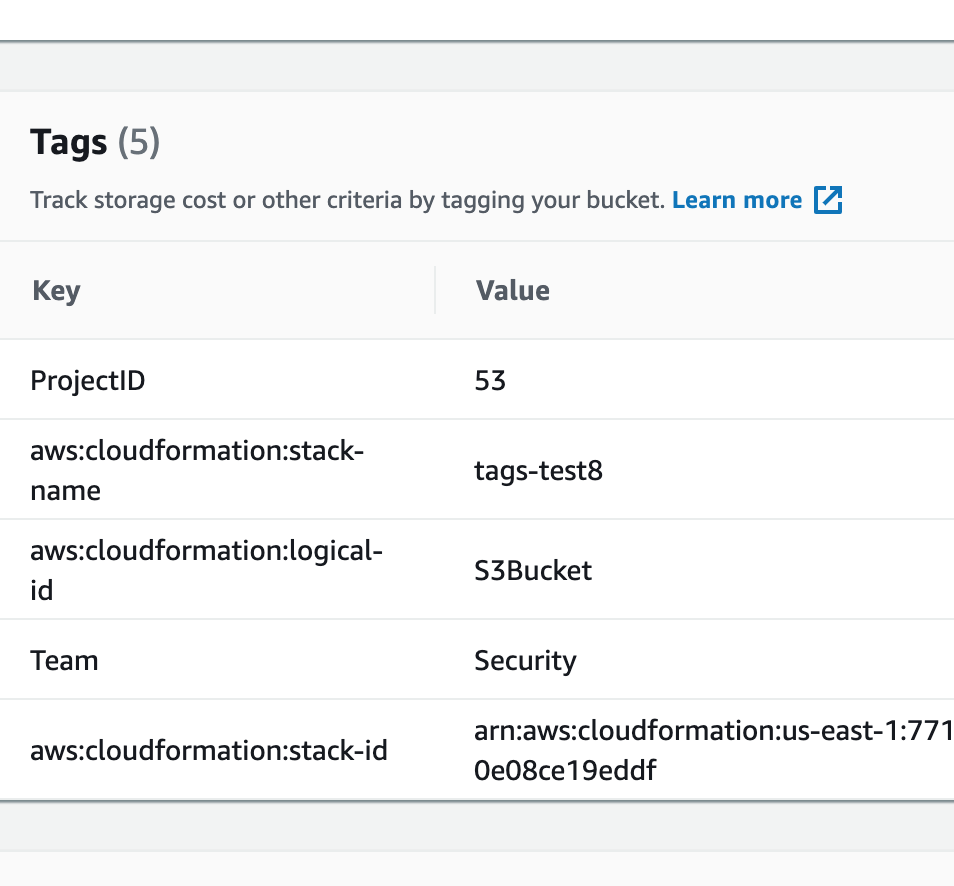ChatGPT + Serverless Framework: Streamlining Cloud App Development
August 11, 2023
My go-to method for initiating a new personal project is an innovative combination of the Serverless Framework[1] and ChatGPT. This powerful blend enables me to describe my project requirements using natural language and quickly receive a stack of resources necessary for my web application.
For example, all I had to say was:
“Give me a Serverless Framework YAML file to create an API endpoint to get/put an item in a DynamoDB using a Python-based Lambda.”
This wasn’t just a command; it was a powerful instruction that resulted in the following output:
1 | service: my-dynamodb-service |
Thrilled with the result, I asked again:
“Give me the Python handler file and instructions to deploy this.”
The response was equally prompt and effective:
Create Python Handlers
Create two Python functions in a file named handler.py. These functions will correspond to the getItem and putItem Lambda functions defined in the YAML file.
1 | import boto3 |
Directory Structure
Ensure that your directory structure looks like this:
1 | project-root/ |
Deploying the Service
Navigate to your project root directory and run the following command:
1 | serverless deploy |
This command packages and deploys your service, including the Lambda functions and the DynamoDB table.
The collaboration between the Serverless Framework and ChatGPT simplifies the development process, converting ideas into ready-to-deploy code with ease. It’s a practical change in how I tackle personal projects, aligning innovative thinking with contemporary cloud tools.
[1]: Serverless Framework: https://www.serverless.com/


